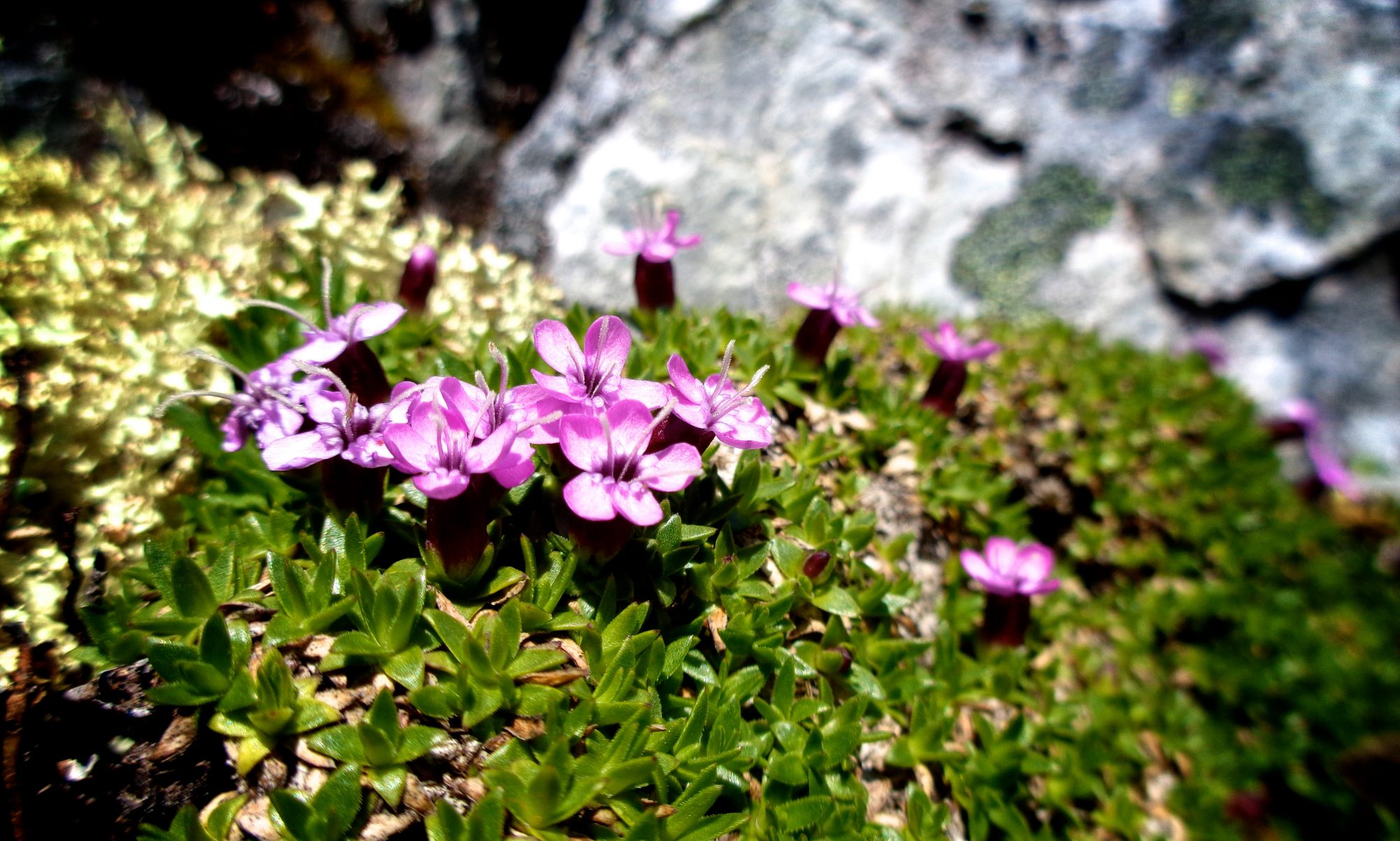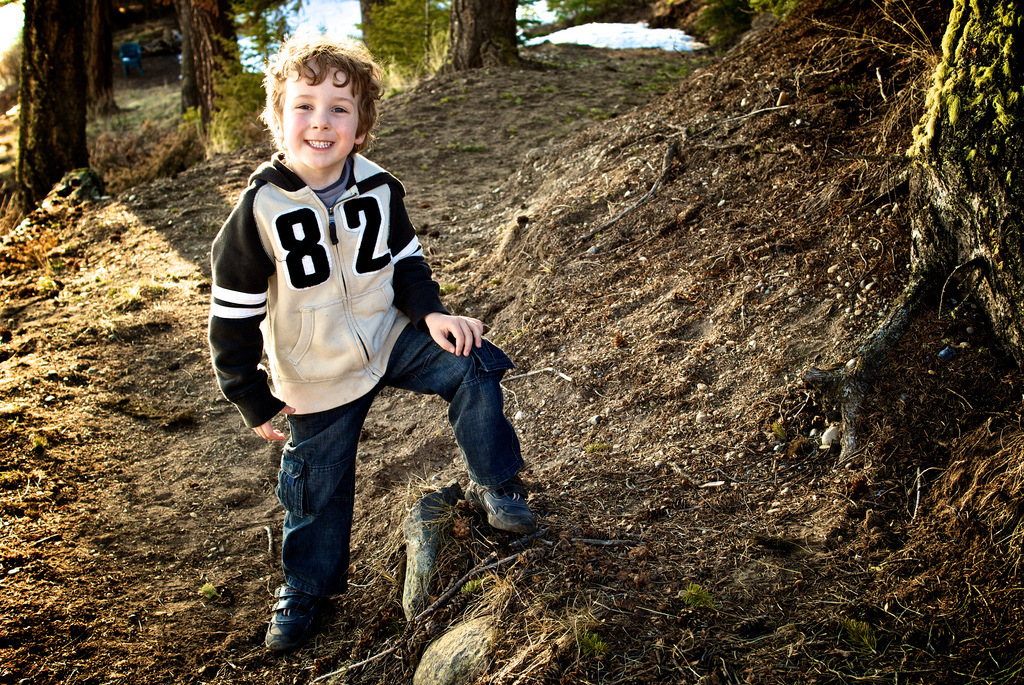Science can not operate in a vacuum for very long, and substantial scientific progress is only possible when communication between scientists is efficient and effective. This has always been the case – scientists have always communicated in person at conferences and across distances through letters. Recently, of course, the rate of information exchange has increased exponentially compared to our Victorian-era forebears. Years from now when our chapter of scientific history is written, I am positive that historians will attribute the current rate of scientific advance to exceptional communication technologies.
Email, of course, will play no small part in that explanation. Email has changed a great deal since the days of ELM and PINE when fewer people were using it and getting a message in our inbox was sometimes even a novelty. Today inboxes overflow and explode with messages ranging from annoying spam, to trivial updates and newsletters, to urgent messages that need rapid attention. Email is a great technology, but like any technology it’s a double-edged sword. You need to control it, or it will control you.
Over the years I have fought to avoid being controlled by email and I think that I have generally won that battle. I am by no means successful all the time, and what follows is no email panacea. But I thought that I’d share a few of my methods that ensure that lines of communication flow well through my office while keeping me from pulling my hair out and declaring email bankruptcy.
Consolidate – Remember when you had one email address and that was enough? These days many of us have several email addresses ranging from professional to personal to addresses associated with some of our professional or other tasks (e.g. if you’re a journal editor, you may have a journal-specific email address). I have found that by sending all of my email to one location – I use Gmail for this – I reduce time flipping between accounts and I catch important emails sent to my secondary accounts more rapidly.
Control the pace of the game – Email is like tennis or – for Canadians – like hockey. You need to take control of the game and keep it moving at a pace that suits you. If you find that you are being overwhelmed with a torrent of emails, you need to slow the game down. Three tricks that I use (and should use more often) when I start to feel buried are: (1) only looking at my email at set times in the day; (2) using a tool like Inbox Pause that keep you from seeing email until you want to see it; and (3) not necessarily replying immediately to a message if I think that by doing so it will just result in a volley of back-and-forths.
Don’t use your inbox as a to-do list – This is always a major temptation. But in the end it just makes for a huge list of messages and tasks lost in the shuffle. Instead, have an actual to-do list in a notebook on your desk (and then archive the email), or use a system like Baydin’s Boomerang that sends messages away and then returns them when you need to act on them.
Filter – If you get update emails from your organization, or newsletters from various entities, they can quickly clog of your inbox. They are generally not the sort of thing that you need to read immediately. So use your email program to apply a filter to them and get them out of your inbox, and then take a look at that folder every now and then as you see fit.
Destroy spam – Most universities and other organizations catch some spam on the way in. However, their nets are not always stringent enough for me. Gmail is great for ditching spam, catching all sorts of excess stuff. If you find you are getting too much spam in your inbox, talk to the IT folks at your organization and/or look for efficient spam filters that can be added on to your current system.
Unsubscribe – Speaking of filtering and spam, are all of those newsletters and other subscriptions coming into your inbox really necessary? How many of them to you actually read? How many of them did you really consent to in the first place? I have personally gone on major unsubscribe binges in the past, but ultimately things just begin to pile up again. Recently I have found a service called Unroll.Me that will capture mass emails and give you the options of keeping them coming to your inbox, unsubscribing, or putting them into a daily digest. This tool has, over the past few months, helped me to unsubscribe or “roll up” over 450 newsletters (etc.). Who knew that I had that much coming into my inbox? And I suspect that I’m pretty typical.
As scientists and educators we need to communicate with each other, with our students, and with many people and organizations. But the irony is that our tools can lead to a communicative paralysis that brings everything to a grinding halt. As I alluded to above, my suggestions are no means a road map to utopia. But doing this has helped me to reduce my general email anxiety and has let me get tasks done when they need to be done. My hope is that some of these ideas might help you to continue to develop your own system and to allow for efficient and effective communication.

